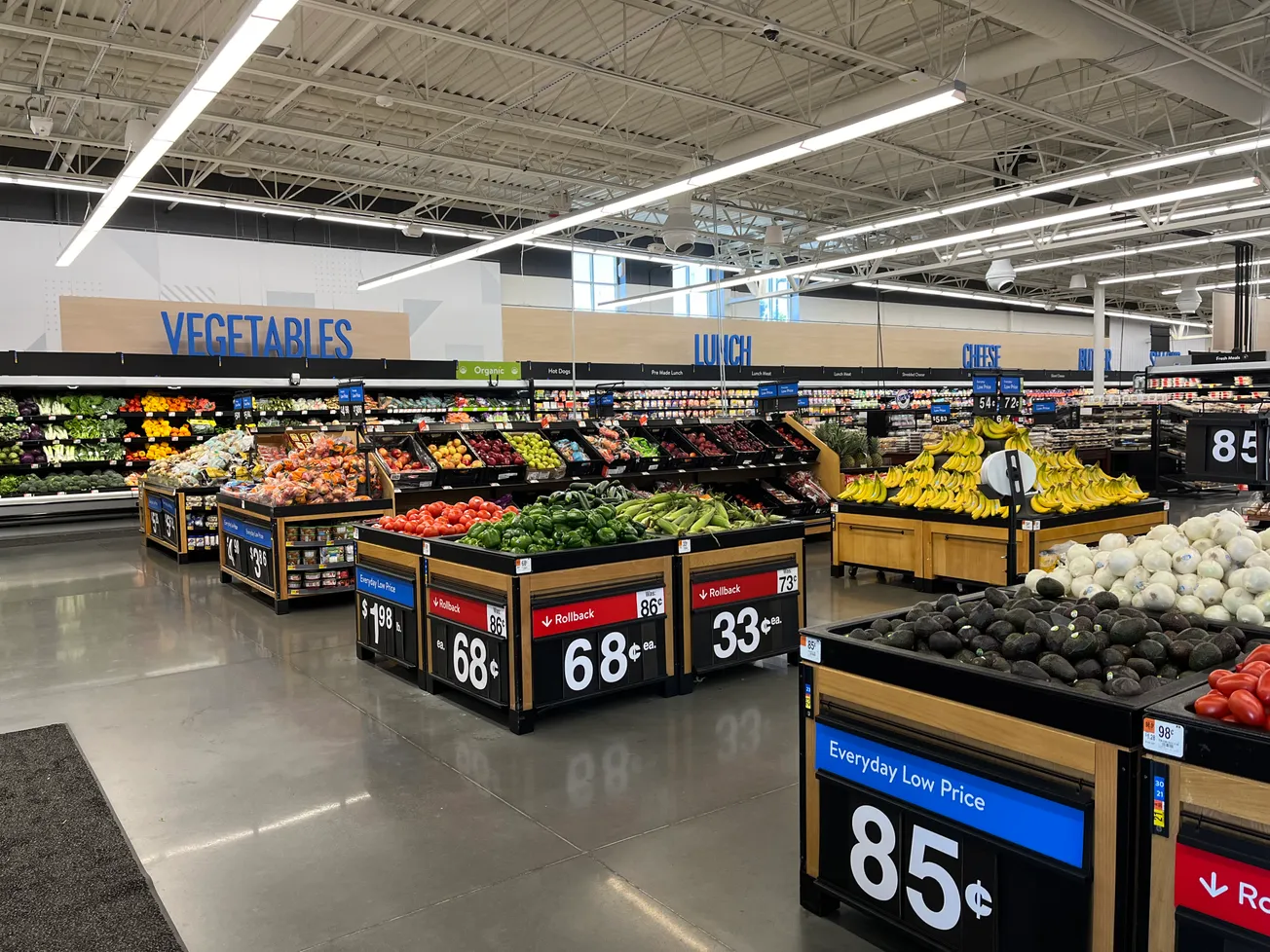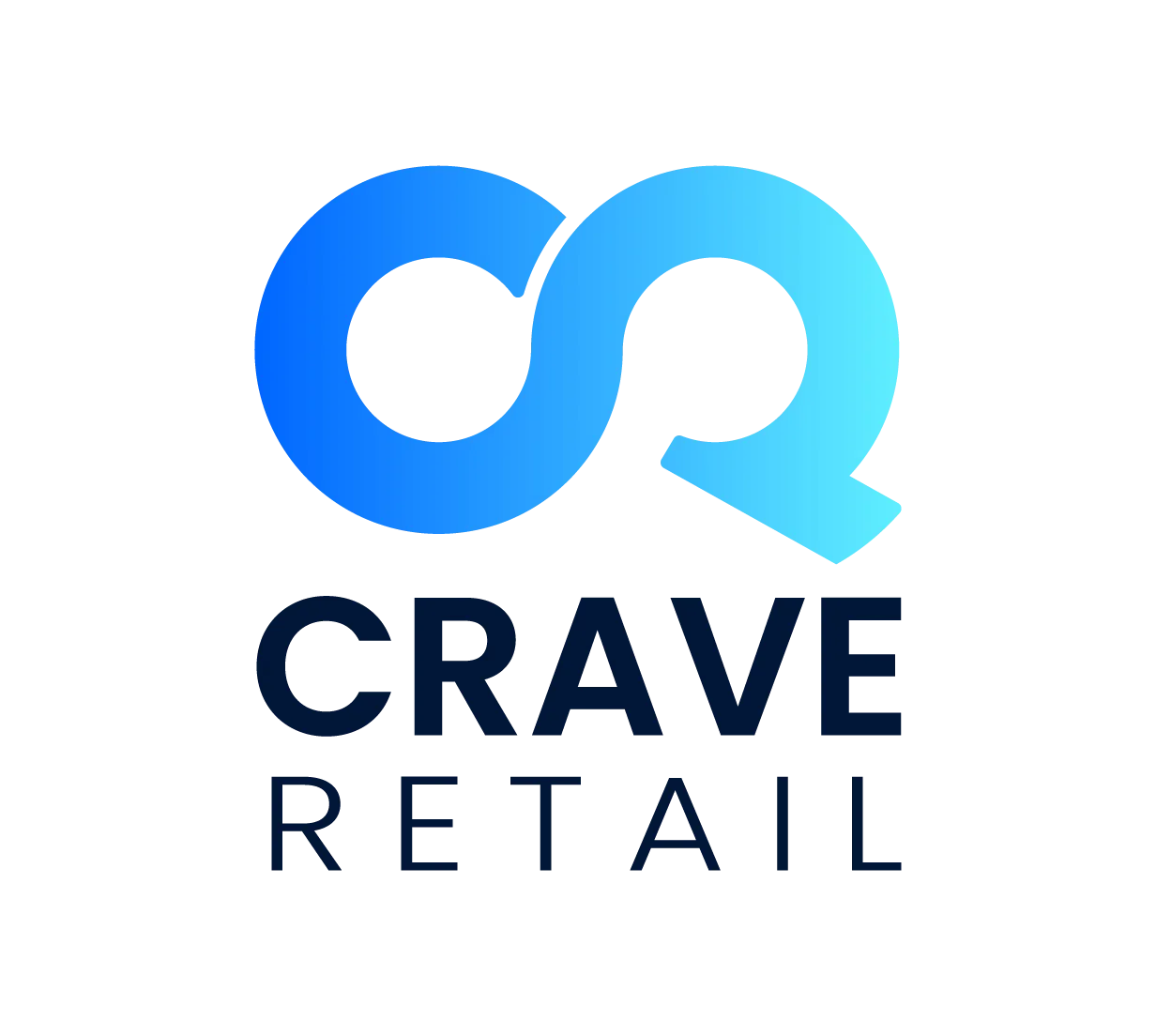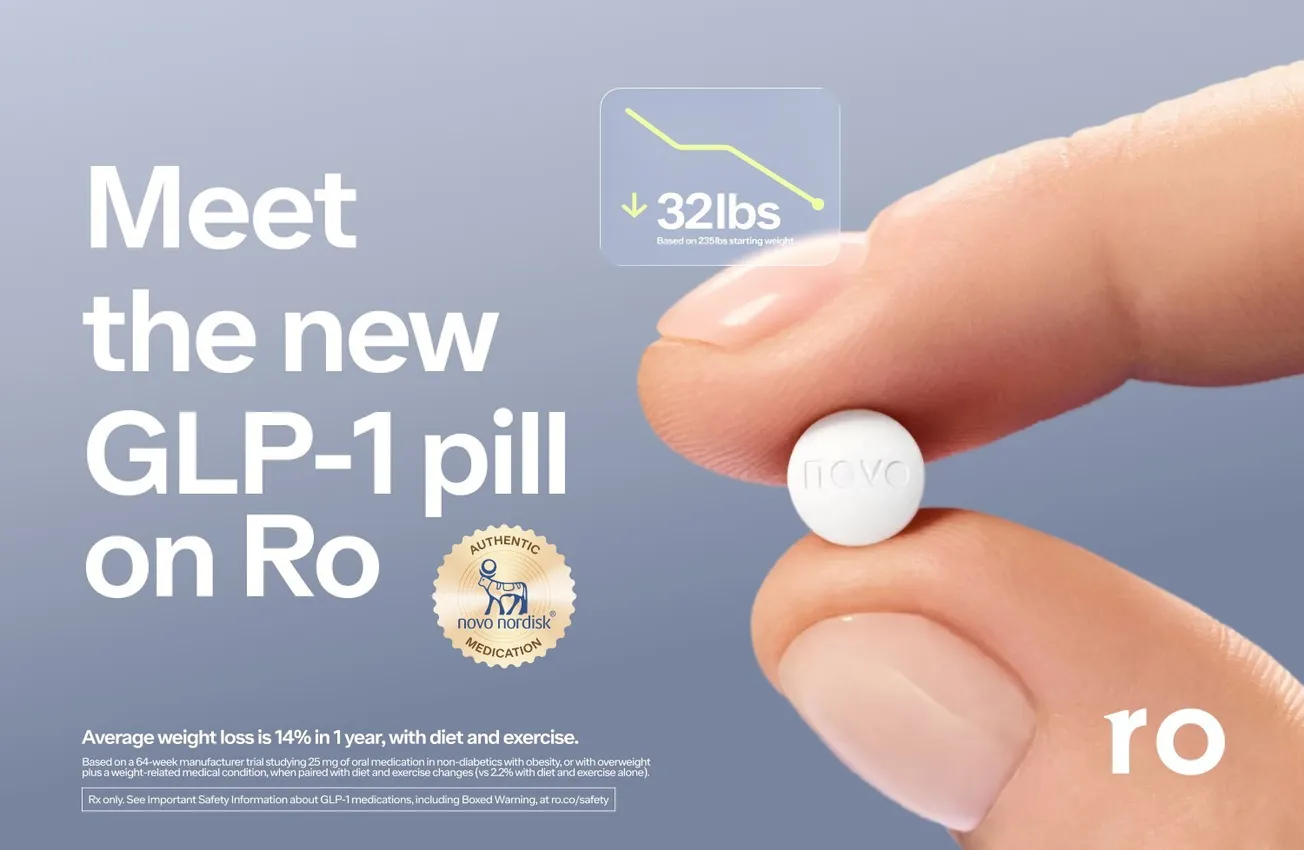By Candace Corlett
A stat that wows even baby boomers: 10,000 boomers turn 65 every day and will until 2029. In the next six years boomers over 65 will be 71 million strong and 20% of the U.S. population — and that converts to a lot of problems if you are focused on social security and replenishing your workforce.
But problems create opportunities — for retailers, pharmaceutical companies supporting caregivers and funding the industries that help boomers deny that aging happens to them. They will be the first generation to be wrinkle free, maintain flexibility with stretching services and yoga, traveling to wellness and mind-expanding retreats as well as climbing and skiing down mountains. The opportunities to keep boomers youthful are only limited by an entrepreneur’s imagination.

First let’s start with a reality check about aging boomers.
• 34% of boomers say their health is Good to Excellent, on par with younger generations.
• Depression/Anxiety is rated the No. 1 condition managed by younger generations, but not for boomers; Depression/Anxiety ranks No. 6, behind high blood pressure, high cholesterol and arthritis joint pain.
Let’s jump into the nine opportunities WSL sees with boomers:
Opportunity No. 1: To manage their conditions 56% of boomers take one to four prescriptions; 74% take at least two.
Stating the obvious, boomers are a pharmaceutical company’s dream.
Opportunity No. 2: 91% of boomers fill their scripts in brick-and-mortar retail stores and 31% online or by mail order, but only 1% fill their scripts on Amazon. They also consult the pharmacist more and rate their pharmacist on trust 16 percentage points higher than Gen Z and Millennials.
Boomers are in pharmacies, and it is your opportunity to keep them.
Opportunity No. 3: Boomers consider longevity to mean living a long life, but for 76% of boomers a physically active life is what they expect, two-thirds expect cognitive skills to keep up with their longevity, 37% want to keep traveling, and 22% consider an active sex life as vital to longevity.
Can you help boomers live longevity as they see it?
Opportunity No. 4: Boomers agree that spending on good health is an added value by double the rate of younger people.
How do you capture a share of boomer spending on good health?
Opportunity No. 5:

Boomers believe in vitamins/supplements: 73% take VMS regularly.
They prioritize this category for their health.
Opportunity No. 6: Boomers are behind the general population for accepting marijuana or CBD for its health benefits.
They are less likely to replace conventional over-the-counter medications for stress relief or quality sleep or to relieve chronic pain.
Opportunity No. 7: Boomers make check-ups a priority: physical, dental, eye checkups and screenings.
All part of prioritizing health to benefit longevity, and an opportunity to make these check-ups easier.
Opportunity No. 8: 43% of boomers are trying to lose weight, but for them it’s about outdoor exercise; they are least likely to use a nutritionist or a personal trainer. Their injection of GLP-1 is on par with younger generations, at 5% for weight loss. They will add more salads, poultry, fish and fruits to their diet and avoid candy, sweet baked goods and bread more than younger people. Half agree drinking water is good for dieting, but they are way behind Gen Z in appreciating the value of water.
Place the right foods in front of them — and keep the foods affordable.
Opportunity No. 9: The flip side of boomers’ longevity: caregivers. As much as boomers want to live long and active lives, their aging bodies at some point need care.
Caregivers are under-reported. Is doing a bank deposit or stocking up groceries considered caregiving or an act of kindness?
Caregivers for parents fall on Gen Z and Millennials. Perhaps this is why Gen Z and Millennials are so stressed, they are truly the sandwich generation. Caregivers cross income, gender and ethnic groups — few are spared an aging parent or ill sibling.
If you attended WSL’s “The Future of Health” symposium on June 6, you would have learned from AARP that caregiving is a financial burden, too. Caregivers estimate that the annual cost of providing care for someone averages $7,242, or a quarter of annual household income for some households.
Throughout their lives boomers have created opportunities for new forms of products, new brands and retail innovation. Follow them as they age. And remember their caregivers, Gen Z and Millennials are your future.
Create ways for your brands and retail chains to become a helpful resource and best friend to caregivers and earn points with Gen Z and Millennials.
For more photos of Walmart and ShopRite’s Wellness strategies, go to wslstrategicretail.com/retailer-innovators/retail-safari-healthy-stories-in-store/.
Candace Corlett is president of WSL Strategic Retail.





